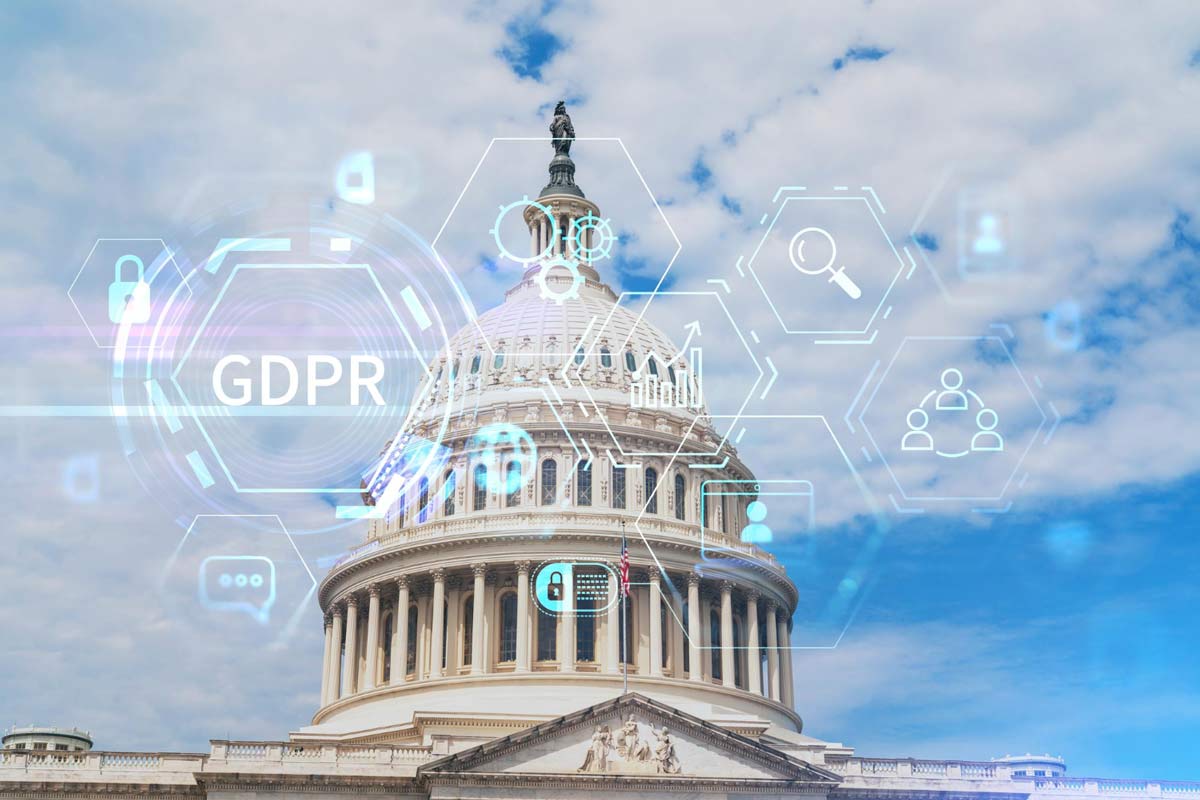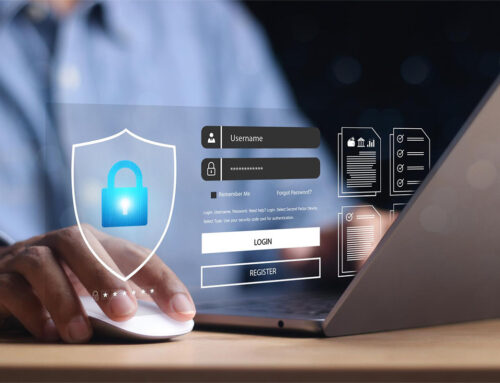
How Can the Federal Government Improve its IT?
When it comes to IT, public and private entities all have roughly the same initiatives. The differences lie in the challenges before them. Both public and private entities have to protect data to their best efforts and both public and private entities have faced expanding charters in regard to privacy and security. Let’s look at where federal government IT differs, and the challenges and risks associated with federal government IT modernization.
The current problems within federal government IT
In the federal government, the problems are complex and often rooted in legacy applications. A given federal agency could still be running ancient systems written in COBOL, a programming language written closer to 1900 than to the present day.
Legacy applications are programs and systems that have been around for a long time and often require significant modification to keep up with changing technology. The system is also difficult to maintain due to its complexity, making modernization to something like the cloud more difficult.
Additionally, the government often lacks resources in terms of qualified personnel and budgeting capabilities. If the government doesn’t have the staff available to support a widescale change initiative, that initiative won’t occur.
Finally, it is difficult for the government to access current technology due to its decentralization and procurement process. There are many steps an organization must take to get the go-ahead to change systems.
This is the system as designed. The federal government doesn’t want to make vast, encompassing changes to its IT architecture quickly. But that can also hold back progress.
Unique challenges to federal government IT modernization

The first challenge is ensuring that IT systems are compliant with security requirements. This includes securely storing, accessing, transferring and managing data for the public sector. Security must be continuously monitored to detect possible threats and weaknesses before they can affect the system or data.
The second challenge is maintaining continuity, meaning that any changes must not disrupt or reduce the performance of existing systems and processes. This is especially important for public services, which can be affected by delays or outages in critical IT systems.
The third challenge is scalability — responding quickly to new demands and changing requirements. This may include expanding services and applications, deploying new technologies or adapting existing systems.
Finally, the fourth challenge is cost reduction. Government IT needs to be managed efficiently and effectively so that resources are maximized for maximum performance with minimal costs. Cost savings can also come from shifting budget dollars away from costly hardware and software infrastructure and investing in more agile cloud-based solutions.
Modernizing the federal government with Red River
Be ready for whatever comes next with help from Red River and Dell Technologies. Our partnership is 100 percent committed to your mission and has the expertise and experience to help the federal government modernize its IT. We specialize in assessing existing systems and developing secure, cost-effective solutions that meet your needs. Our team of experts understands both public sector requirements and evolving technologies, enabling us to make recommendations on maximizing efficiency while reducing costs.
If you’re interested in learning more about federal government IT and the process of federal government IT modernization, contact us today.

written by
Corrin Jones
Corrin Jones is the Director of Digital Demand Generation. With over ten years of experience, she specializes in creating content and executing campaigns to drive growth and revenue. Connect with Corrin on LinkedIn.




